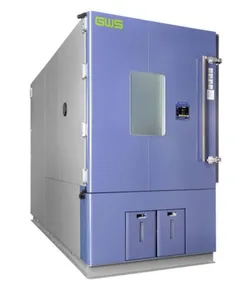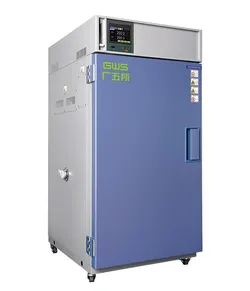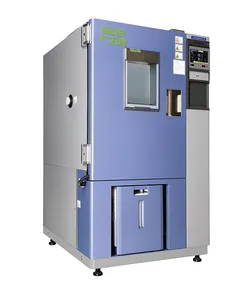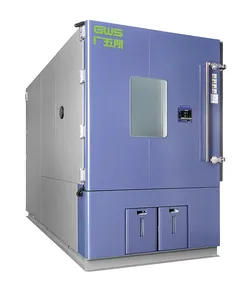Humidity Generator
Hygrometry calibration system used to reproduce set values of humidity and dew point for calibrating and verifying humidity instrumentation
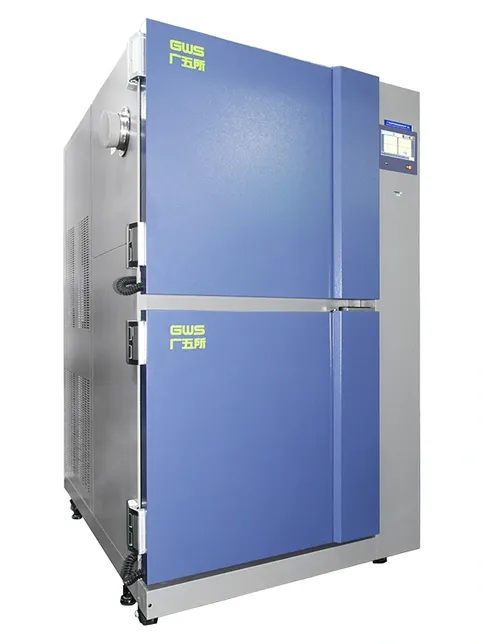
Humidity Generator
Hygrometry calibration system used to reproduce set values of humidity and dew point for calibrating and verifying humidity instrumentation
Used widely in calibration labs and quality control, this humidity generator creates stable, controlled environments for precise humidity and dew point measurements. It integrates advanced temperature regulation and dehumidification systems to maintain consistent conditions across a broad operating range. The large test chamber with high airflow capacity makes it practical for verifying and calibrating multiple sensors or large dew point instruments at the same time. Our humidity generator supports both routine checks and high-precision calibration tasks, helping ensure instruments perform reliably in demanding applications.
Our temperature and humidity test chamber models comply with the following standards:
- EN IEC 61000-6-2:2019
- EN IEC 61000-6-4:2019
- EN 61010-1:2010+A1:2019
Technical Parameters
| Model | |
|
|
| Test chamber size | Ø90 mm×300 mm | ||
| Performance | Temperature range | -40℃~+100℃ | -80℃~+100℃ |
| Temperature fluctuation | ±0.05 ℃ | ||
| Temperature uniformity | 0.05 ℃ | ||
| Dew point temperature range | -80 ℃~+95 ℃ | ||
| Dew point temperature fluctuation | ±0.05 ℃ | ||
| Air flow | 0~50L/min (adjustable) | ||
Can this humidity generator be used to calibrate or test relative humidity?
Can this humidity generator be used to calibrate or test relative humidity?
Yes. The generator is designed to independently control air temperature and dew point temperature. By combining different values of these parameters, you can generate specific relative humidity conditions, even at sub-zero temperatures. This flexibility allows you to simulate a wide humidity range, up to 100% RH, for precise calibration and testing tasks.
How do I know the effective area for temperature uniformity inside the chamber?
How do I know the effective area for temperature uniformity inside the chamber?
Temperature uniformity is defined as the maximum temperature difference measured across any cross-section between the center and the bottom of the chamber. This ensures that sensors and instruments are exposed to consistent conditions throughout the working space.
What air flow rate should I use during operation?
What air flow rate should I use during operation?
In most cases, a flow rate between 15 and 20 liters per minute is sufficient. If you’re working near the upper or lower dew point limits, reducing the flow to below 10 liters per minute is recommended to avoid excess heat or cooling loss caused by higher airflow.
Is it possible to bypass the chamber and send the airflow directly to the instrument being tested?
Is it possible to bypass the chamber and send the airflow directly to the instrument being tested?
Yes. The outlet at the base of the test chamber can be connected to tubing so the conditioned air flows straight into the dew point sensor or other equipment under test, without passing through the internal chamber volume.


